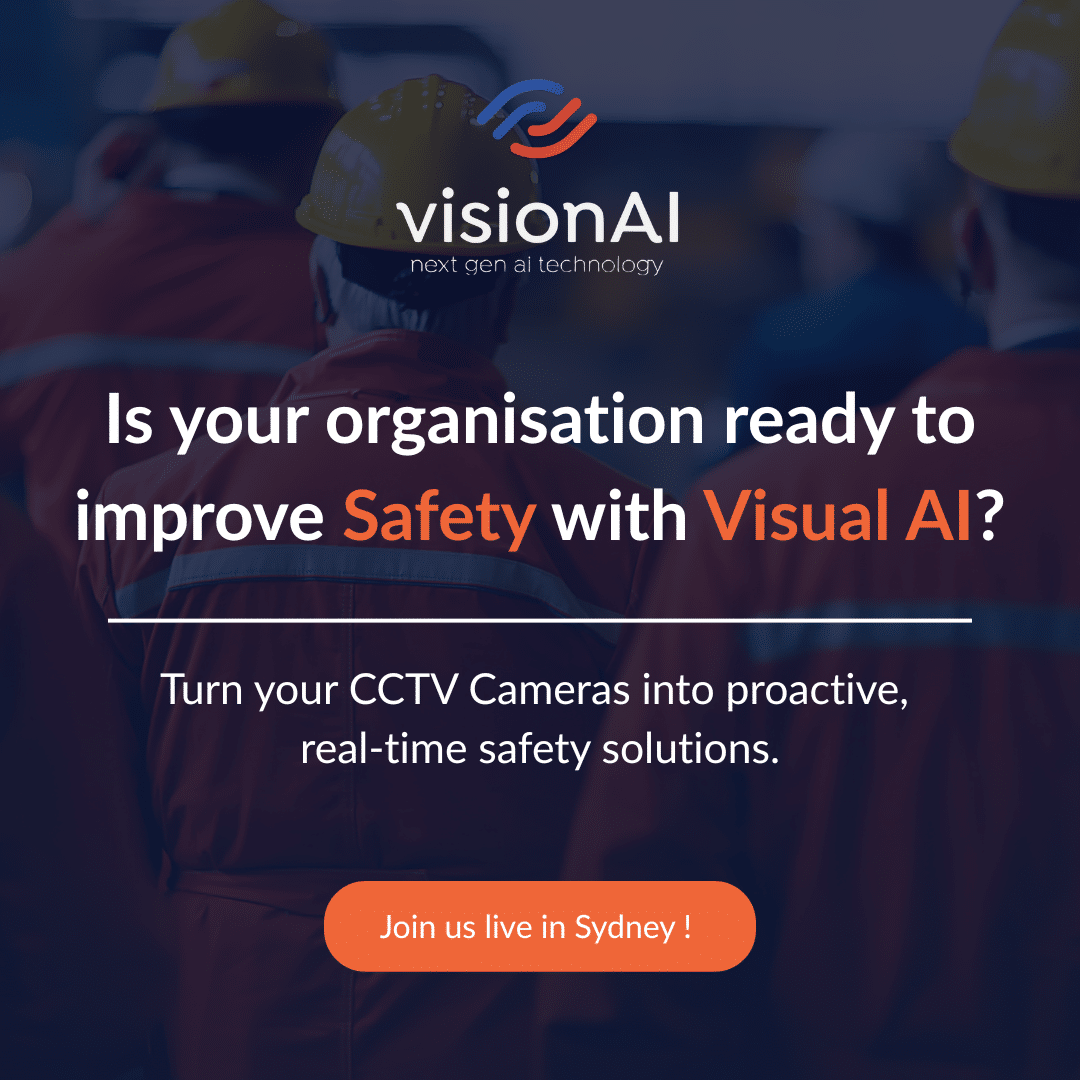
Visual AI: Enriching manufacturing IT & OT data ecosystems
In today’s rapidly evolving manufacturing landscape, CIOs face the challenge of managing complex systems, ensuring real-time data accuracy, and driving efficiency across IT and OT environments. However, data fragmentation remains a persistent issue, complicating efforts to unify disparate data streams and reduce integration complexities.
The power of visual intelligence
Visual intelligence, made possible by visual AI, introduces a new data source that captures real-time insights from your existing camera infrastructure. Unlike traditional methods, visual AI enables CIOs to monitor activities that were previously impossible to measure, filling critical data gaps and creating a more comprehensive and accurate data ecosystem.
Addressing fragmented data
Manufacturing environments often suffer from data fragmentation due to the siloed nature of various systems—sensors, machines, ERP platforms, and MES. Visual AI overcomes this by transforming cameras from basic surveillance tools into powerful data collectors. These AI-enhanced cameras monitor machine performance, track operator efficiency, detect wastage, and ensure compliance with safety standards in real time.
Filling data gaps
Traditional sensors and IoT devices measure specific elements, but factory managers are still left with significant blind spots. Visual intelligence closes these gaps by providing automated, real-time insights, enabling continuous monitoring of critical activities without human intervention. This ensures a complete and reliable view of operations, enhancing decision-making.
Replacing outdated systems
Legacy systems in manufacturing are often outdated, requiring manual intervention that increases the risk of errors and inefficiencies. Visual AI offers a more reliable alternative by automating data capture directly from the production environment. By consolidating data streams into a single platform, visual AI reduces reliance on disconnected systems and provides a clearer, more cohesive operational overview.
Simplifying integration
One of the biggest challenges for CIOs is integrating multiple data sources into a unified operational view. Visual intelligence simplifies this process by consolidating existing and new data points, reducing the complexity and time required for integration. Cameras capture everything from machine performance to safety compliance, streamlining data flow and enhancing accuracy.
Enabling proactive decision-making
Traditional OEE tracking methods rely on retrospective data, which can be incomplete and outdated. Visual AI enables real-time OEE tracking, allowing for immediate issue identification and proactive intervention. This shift from reactive to proactive decision-making optimizes operations, reduces waste, and improves efficiency—all in real time.
Reducing Total Cost of Ownership
Visual AI also helps reduce the total cost of ownership (TCO) for data ecosystems. By leveraging existing camera infrastructure, it avoids the need for costly additional hardware investments. Moreover, by consolidating data capture and analysis into a single platform, visual AI lowers the complexity and cost of maintaining multiple systems, freeing up resources for strategic initiatives.
Conclusion
In the competitive manufacturing landscape, visual intelligence is more than just another tool—it’s a transformative data source that revolutionizes IT and OT management. By filling data gaps, replacing unreliable systems, simplifying integration, and enabling real-time OEE tracking, visual AI empowers CIOs to make faster, better-informed decisions.
visionAI specialises in visual AI for manufacturing and supply chain operations, offering solutions like OEE Plus+ to help factories harness real-time insights and drive operational excellence.




